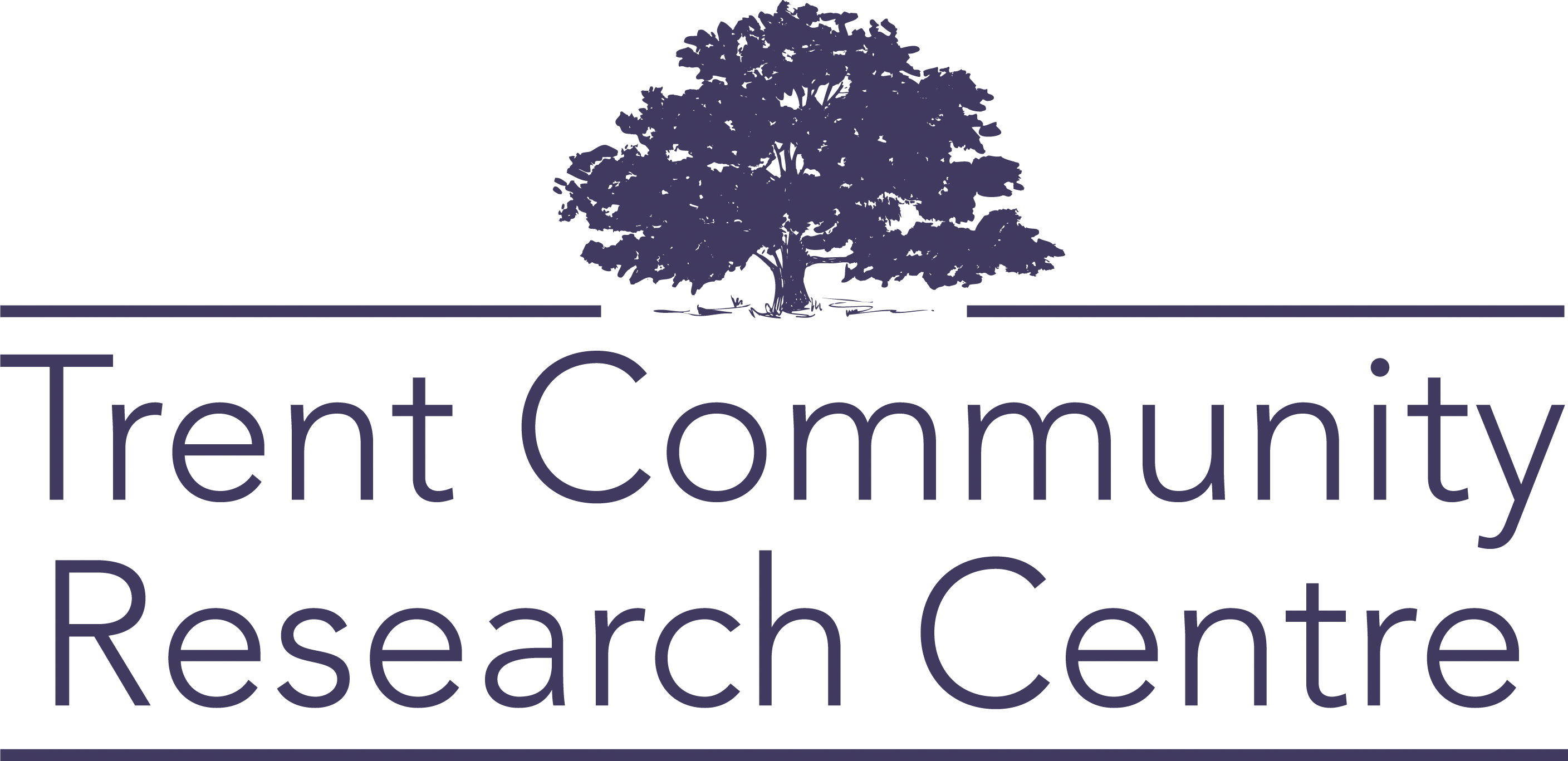Unit 1: An overview of research approaches
This unit discusses research approaches for working with community partners. You will learn that developing clear, focused research questions guides the research approach—qualitative, quantitative, or mixed method; the design of your project, and the data you collect. You learned that time, money, and other resources limit what you can accomplish. Considering these things will help you develop a do-able research project focused on gathering information to inform the needs of a community.
Unit 2: Qualitative Methods in community-based research
In this unit on qualitative research, we look at collecting qualitative data through interviews and focus groups, and the strengths and limitations of using a qualitative approach in your research project. We discuss how qualitative research provides an in-depth understanding of a topic. There are also other approaches you can use to collect data, such as observation and photovoice. Before deciding how you will collect your data collection, you need to understand how it will answer your research question and what conclusions you can and cannot draw from the data you will collect.
Unit 3: Quantitative Methods in community-based research
In this unit on quantitative research, we look at collecting quantitative data, including tips for developing a social survey, and strengths and limitations of using quantitative methods for answering your research questions.
Voices from the Field
Approaches
Methods
Teaching Case
Case Study: Approaches
Community-based research helps answer the needs of a community. Ideally, it is driven by a sense of social responsibility, of giving to the community, rather than the researcher’s intellectual curiosity or the development of scholarly ideas.
With community-based research you should listen to people and try to find out what they want to know. Sometimes community organizations know exactly what their research needs are, and they’ll tell you directly. But often they don’t, so it’s important to listen carefully to identify the research need.
What we are looking for is knowledge gaps: things organizations don’t know. Often an organization will refer to these knowledge gaps indirectly because they have accepted them as a normal way of operating. They haven’t considered that they are capable of being filled through research, so they haven’t expressed them as research ideas.
In these two examples, try to identify the research need for each organization.
Example 1: Phoenix House
Bob is a volunteer with Phoenix House, a neighbourhood-run community centre in the north end of town. Over the years, people have said that it would be great if you could get lunch there, and not have to choose between leaving the area to eat or going to one of the fast-food places nearby. Bob isn’t against the idea, but he’s confident there aren’t enough people in the building on most days to justify it. It would be a lot of work and a lot of money to set up a cafeteria—what if no one used it? “People keep asking for it,” he says, “but I’m pretty sure it wouldn’t work, and it would lose money.” But not everyone agrees: other volunteers think it would provide some much-needed revenue, and might even become a draw, increasing the number of people who visit the centre. The debate has been going on for years, and even discussing it takes up a lot of the organization’s time. It’s getting annoying, and people are getting frustrated with each other.
- What are some things Bob wants to know? What is the missing information?
- What are the key research questions?
- What are some ways to answer these?
Example 2: Sunflower Festival
The Sunflower Festival is a community event that happens every August. It promotes environmental sustainability through art, music and dance. It’s held in a city park downtown, where there is a permanent stage set up. The stage is getting old, and needs to be refreshed. Plus, Wendy, the festival’s director, wants to upgrade it so that the electricity comes from solar photovoltaic panels. But the city says the stage is only used once a year during the Sunflower Festival, so it’s not on their list of priorities for upgrades. The city will allow and assist with logistics to upgrade the stage, but the festival will have to fundraise to pay for it. The challenge is that the festival barely breaks even each year and ill-prepared to mount a fundraising campaign. Wendy says she thinks the stage is about 75 years old, and she’s heard that a lot of famous people played on it over the years. “If people knew the history,” she says, “they would see the value in investing in the repairs and upgrading it.”
- What are some things Wendy wants to know? What is the missing information?
- What are the key research questions?
- What are some ways to answer these?
Next Module: Data Analysis
Back to Main Page
Licensing

Except where otherwise noted, content on this site is licensed under a Creative Commons Attribution 4.0 License.
Where indicated, images, video, and audio have some rights reserved, and you must obtain permission from the copyright owner to use this material.






